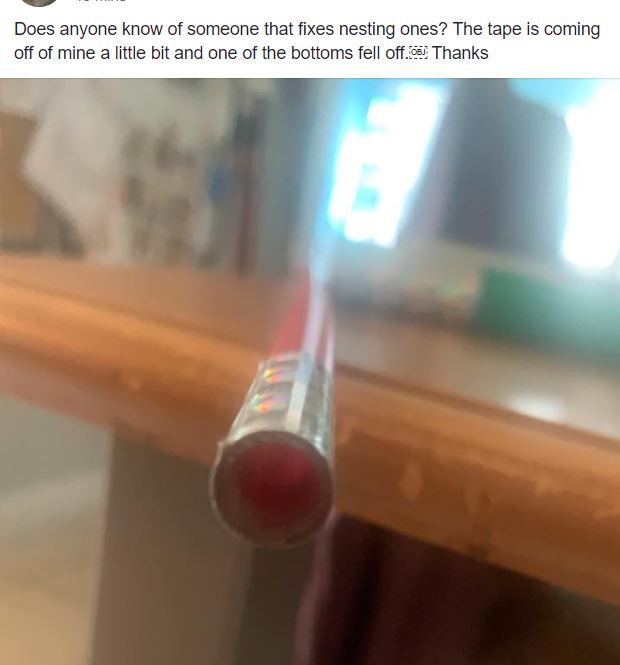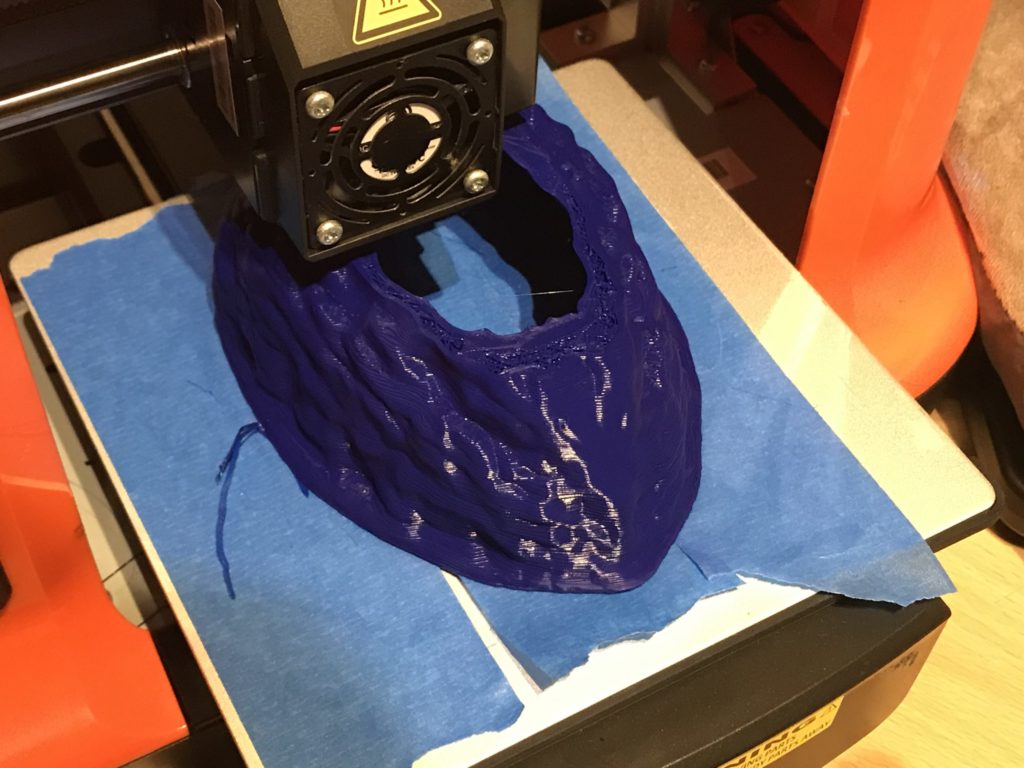If you’ve seen my magic lecture you’ve heard my favorite quote, which is essentially what my lecture is about. If you haven’t, here’s the quote:
Go past crowd pleasing and into real comedy…
Mel Brooks
He says it on Tom Papa’s podcast, it’s a great interview and you should listen to it. In my lecture I use the quote not just for comedy, but for magic. Sponge balls are crowd pleasing, how do you go past that and get into real magic?
Let’s get back to what I’m writing this post about. Someone in a magic forum had posted a picture of the nest of wands comedy prop that was broken.

If you’re not familiar with the Nesting Wands trick you have large diameter wand and smaller wands keep coming out of it. If you’re not familiar with the prop, here’s it in action:
The sets that are common in the USA have one end that’s sealed, and the person who wrote the Facebook post thought that they were broken and need to be fixed. For me whenever a prop breaks, I look at it as a chance to p lay with the prop and figure out things that may not have been possible before. I’ve had a bunch of cool things come out of props breaking and getting a new view of them.
When I was younger and did magic shows at kids birthday parties, I used this prop. However the set I had were made by Tops Magic in Europe. Most people in the USA didn’t like this set of Nesting Wands because they were open at both ends. I loved them because there was a lot more you could do with them. Here’s some ideas:
- When the kid tries to “one up you” and restack them, they will fall out the other end.
- You renest them and they all fall onto the floor.
- You renest them and they slide out the other end and land in your case, but you don’t notice that. Then once they are all in your case, you look at the wand in your hand and see it’s empty. You then look around for where they went.
- When the kid hands them back to you, you drop them all over the floor. You pick up the biggest wand and ask the kid to hand you another wand. They do, you put it into the wand in your hand and it just falls out the bottom ( you don’t notice that) and have the kid keep handing you wands and they keep falling through. Repeat till it’s not funny and at that point start holding the wands in with your finger at the bottom. Once they are all nested, let them drop out and onto the floor!
Look a prop breaking as an opportunity to do something creative and new with the prop. Sometimes you’ll just have a broken prop…other times you’ll have gold!



